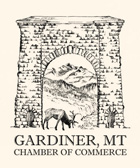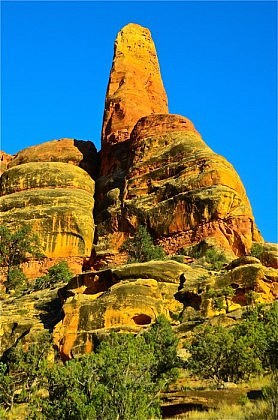If a tree falls in the forest and a Big Wild group is there to hear it, then it definitely makes a noise (If a man speaks in the forest and there’s no woman there to hear him, is he still wrong?). And if the Big Wild group is there to hear the tree fall, our strategy is to prevent our guide or clients from being in the landing zone at the inopportune moment!
How do we do this? I’ll get to that. First, let’s be clear that both live trees and standing snags fall over, though snags are more vulnerable. In 1988, about half of Yellowstone National Park was within the perimeter of one of the 7 or 8 named wildfires, though only about half of that acreage burned hot enough to kill most of the trees. Still, that’s a lot of land and a lot of dead trees. Now, thirty years later, many have fallen but millions still persist as snags. And of course, at least a few wildfires burn in Yellowstone every year, not just in 1988. As noted in the previous post, from an ecosystem perspective, a forest with lots of dead trees is not “unhealthy”. Many wild species benefit from an influx of dead wood into the system. Lightening-ignited wildfires have been burning in western and northern North America for thousands of years, and our forest and range land ecosystems are well-adapted to this natural disturbance. And although live trees also blow over — usually influenced by strong winds or saturated soils — snags are the greater hazard, because their roots die and rot and no longer hold the tree in place.
On our Yellowstone backpacking trips, lodge pole pine is usually the most abundant tree. It is also very shallow-rooted, depending upon a flush of spring moisture as the snow melts and then upon the frequent but usually brief afternoon Yellowstone thundershowers, which usually keep the high plateaus well-watered. Lodge pole forests are beautiful, often with grassy under-stories, but because these shallow-rooted trees are susceptible to wind and saturated soils, they can be dangerous for those who are careless in selecting a tent site. In the final installment of this series, I’ll recommend some basic safety procedures for staying safe in a snag-filled forest.



